This article was medically reviewed by Shari Forschen, NP, MA. Shari Forschen is a Registered Nurse at Sanford Health in North Dakota. Shari has worked in healthcare since 1996 and her expertise lies in acute care bedside nursing on a medical oncology floor. She received her degree from Medcenter one College of Nursing in 2003 and her Family Nurse Practitioner Masters from the University of North Dakota in 2014. Shari is a member of the American Nurses Association.
This article has been viewed 23,215 times.
You can safely treat small cuts, scratches, and scrapes at home. Before dealing with a minor cut or scratch, wash your hands with soap and water. Wear disposable gloves if available for extra protection of the wound, and for safety if treating someone else’s wound. Most importantly, you’ll need to keep the wound clean. Let it get some air once it scabs over, and you’ll be as good as new in no time.
Steps
Cleaning a Minor Cut or Scratch
-
1Stop the bleeding. Even before cleaning a cut or scrape, make sure you’re able to stop the bleeding. Surface-level cuts and scratches will stop bleeding on their own after a few minutes. To help slow bleeding, apply pressure with a soft, clean material.[1]
- Bleeding helps clean wounds, so don’t be distressed by a bit of blood.
- Apply firm but gentle pressure to the wound with a clean cloth, tissue or piece of gauze. If the blood soaks through, use more of whatever materials you’re using. Maintain pressure for 20 minutes.[2]
- Areas rich in blood vessels — such as all of your head — may bleed more than expected.
- Raise a wounded arm or leg above your heart to slow the bleeding.
-
2Clean the wound. Rinse the wound with clean water and wash around the wound with soap and water to reduce the risk of infection.[3]
- Take care not to get soap into the wound itself.
- Remove any persistent dirt or debris with tweezers that have been cleaned with alcohol.
- You do not need to use hydrogen peroxide or iodine for most minor cuts and scrapes. Consider using hydrogen peroxide only if the wound was exposed to a potential source of contaminant, such as unclean water.
Advertisement -
3Apply an antibiotic. Instead of using potentially harmful chemicals to clean the wound, use a safer method of preventing infection by coating the wound in an antibiotic cream or ointment, such as Neosporin.[4]
- Cover the entire wound in a thin layer.
- Know that antibiotic application will not make the wound heal faster; it will only help prevent infection by keeping the wound clean and moist.
- If a rash develops after antibiotic application, discontinue use immediately.
- Know that antibiotics are not a vital step in the treatment of minor cuts and scrapes. Most will heal without, though protection from both bandages and antibiotics can help prevent scarring.[5]
Protecting a Minor Cut or Scratch
-
1Determine whether to use a bandage. If the wound is on your hand or somewhere else that may allow it get dirty or be irritated by daily activities, you’ll want to cover it. [6]
- If the wound is in a location that will not get dirty or be rubbed by clothing, you may not want to cover it.
- Leaving a wound uncovered will allow it to dry and heal quickly. If the cut or scrape is very small and shallow — and especially if it closes on its own after cleaning — leave it uncovered.
-
2Cover the wound. Bandages are worth using if necessary to keep the wound clean by preventing bacteria or irritation of the wounded tissue.[7]
- Use an adhesive strip or sterile gauze fastened with adhesive tape.
- Use butterfly tape or another thin, flexible type of adhesive tape to cover wounds in areas where it is difficult to attach bandages, such as hands and feet.
- All sorts of bandages and adhesion materials are readily available at pharmacies and corner drug stores.
-
3Cover large scrapes and scratches with an occlusive or semi-occlusive bandage. If you have a scrape or scratch covering a large area of your body, use a bandage designed to help such wounds heal faster and reduce scarring. Occlusive bandages of different types are available at most pharmacies.[8]
-
4Change the bandages once a day. If a bandage becomes wet or dirty, change it as soon as it is convenient to do so. Always use entirely new materials, including both bandages and adhesion materials, when changing your bandages.[9]
- If the adhesive tape or strips are bothering the skin around the wound, switch the type of bandaging you’re using.
- Sterile gauze with an elastic bandage or paper tape are especially gentle options.
-
5Leave the wound uncovered once it has formed a scab. Once the risk of infection or irritation is diminished by the formation of a scab, you no longer need to use bandages.[10]
- Think of scabs as the body bandaging itself. Leave them alone and fight the urge to pick at them, as doing so reopens the wound and increases the risk of infection.
- Protect healing wounds from the sun. Exposure to direct sunlight will increase the likelihood of visible scarring.
- Use clothing, bandages, or even sunscreen — if the would is mostly healed — for protection.
Knowing When to Get Professional Help
-
1Recognize immediately dangerous wounds. Get to a hospital if the wound is jagged, has gaping edges, or cannot be cleaned. There are other serious conditions to watch for, as well.[11]
- Go to the hospital immediately if the wound bleeds in spurts or bleeding continues after 20 minutes of continuous pressure.
- Get to the hospital if the wound is deep, you can see any fat or muscle, or if you cannot easily and completely close the wound. It may need stitches.
- The sooner a wound is properly closed, the less likelihood of infection and better the chances that there will not be serious scarring.
- If the wound becomes more tender or inflamed, or begins to drain a thick or whitish-grey fluid, see a doctor soon.
-
2Be aware of dangerous developments, including potential infection. There are a few things you should watch out for. If any of the following occur, see a doctor:[12]
- Numbness develops around the wound.
- The victim’s temperature rises above 100.4°F (38°C).
- Discomfort accompanies simple movements.
- Red or otherwise discolored streaks develop near the wound.
- The wound isn’t healing, begins to swell, or increases in warmth or drainage.
-
3Make sure tetanus shots are up to date. Check to see if the victim is up to date with their tetanus immunizations. Especially if the wound is deep or dirty, and the victim hasn’t had a tetanus shot in the previous five years, a tetanus booster shot is a good idea.[13]
References
- ↑ https://www.urmc.rochester.edu/encyclopedia/content.aspx?contenttypeid=1&contentid=2978
- ↑ http://familydoctor.org/familydoctor/en/prevention-wellness/staying-healthy/first-aid/first-aid-cuts-scrapes-and-stitches.html
- ↑ https://www.urmc.rochester.edu/encyclopedia/content.aspx?contenttypeid=1&contentid=2978
- ↑ https://share.upmc.com/2016/11/how-to-stop-bleeding/
- ↑ http://familydoctor.org/familydoctor/en/prevention-wellness/staying-healthy/first-aid/first-aid-cuts-scrapes-and-stitches.html
- ↑ http://familydoctor.org/familydoctor/en/prevention-wellness/staying-healthy/first-aid/first-aid-cuts-scrapes-and-stitches.html
- ↑ https://www.aad.org/public/everyday-care/injured-skin/burns/wound-care-minimize-scars
- ↑ http://familydoctor.org/familydoctor/en/prevention-wellness/staying-healthy/first-aid/first-aid-cuts-scrapes-and-stitches.html
- ↑ https://www.aad.org/public/everyday-care/injured-skin/burns/wound-care-minimize-scars
-Step-3-Version-4.webp)
-Step-4-Version-4.webp)
-Step-5-Version-4.webp)
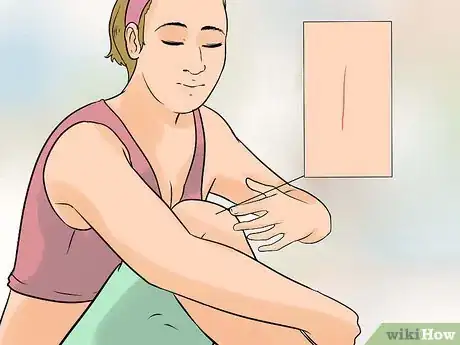
-Step-12-Version-4.webp)


-Step-1-Version-4.webp)
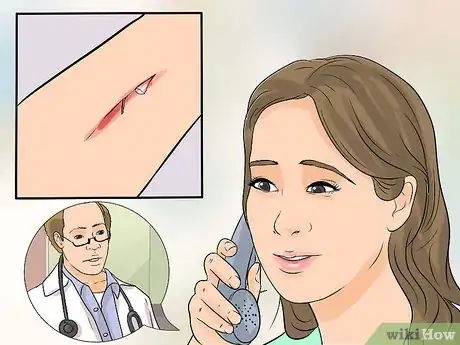
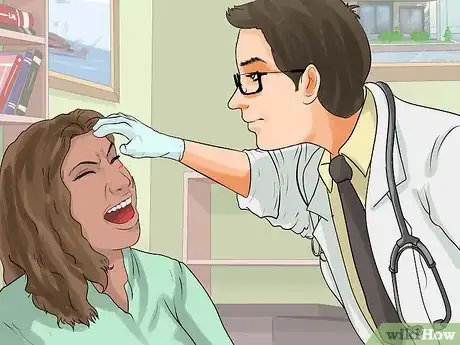



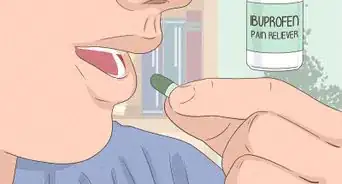
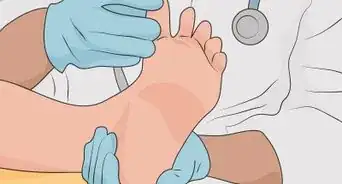
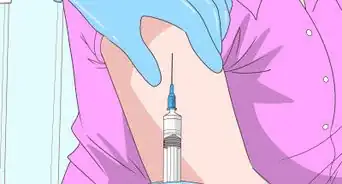

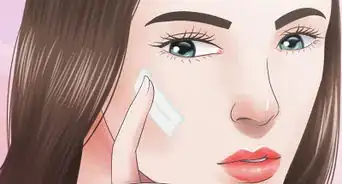
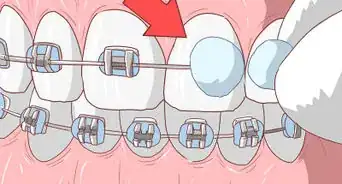


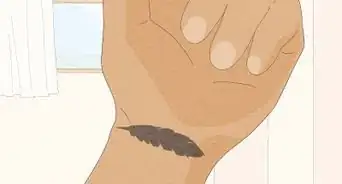
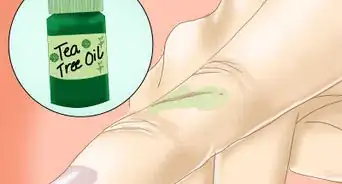









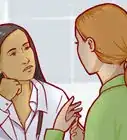
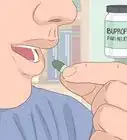




































Medical Disclaimer
The content of this article is not intended to be a substitute for professional medical advice, examination, diagnosis, or treatment. You should always contact your doctor or other qualified healthcare professional before starting, changing, or stopping any kind of health treatment.
Read More...